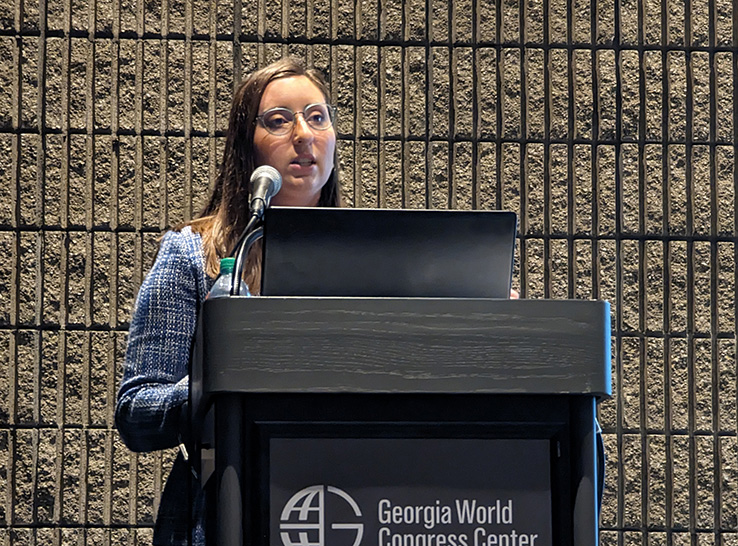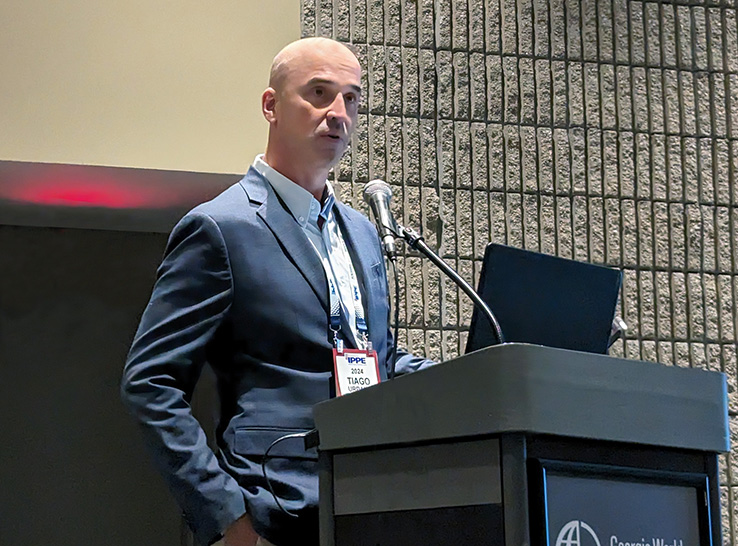A prebiotic derived from brewer’s yeast (Saccharomyces cerevisiae) has shown potential in reducing the prevalence of Salmonella Enteritidis in broilers.
Prebiotics modify intestinal microbiota and can limit the establishment of foodborne pathogens in the gut. Among other feed supplements, they are becoming widely used by broiler producers looking to improve flock health and reduce risks to the public.1
Researchers led by Allison Milby-Blackledge from Texas A&M University tested the effect of including the supplement ActiveMOS, made by the company Orffa, at three doses (1, 1.5 and 2 kg per metric ton) in the diets of broiler chicks. They also fed one group a control diet without the supplement.
At 7 days of age, they challenged half of the birds fed the different diets with varying levels of S. Enteritidis or a sterile saline-solution control. They carried out two replications using the same methods.
At the end of the 14-day study period, the researchers collected cecal samples to assess the level of Salmonella colonization. They also measured several markers relating to immune response in the birds, including cytokines (signaling proteins); chemokines, which stimulate cell migration; the antibody immunoglobulin M; and lipopolysaccharides, bacterial membrane components that stimulate natural immunity.
The team tested for the components using different types of ELISA antibody assays.
Milby-Blackledge presented the study results at the 2024 International Poultry Scientific Forum.
Supplement success?
In one replicate of the experiment, including 1.5 and 2 kg per metric ton of ActiveMOS in the birds’ diets resulted in significantly reduced Salmonella colonization of the cecum. In the second replicate, this effect was seen only in birds fed 1.5 kg per metric ton.
This difference may have been because the second replicate saw a slightly lower challenge, explained Milby-Blackledge, meaning there was a significant effect only at the intermediate dose.
Of all the immune markers measured, only the chemokine macrophage inflammatory protein-1 was significantly affected by the treatment. The scientists observed that levels of this chemokine, which is known to move certain immune cells toward the site of infection or disease, decreased in challenged birds fed the supplement at 1 and 2 kg per metric ton.
This could mean that Salmonella levels are reducing, and it is no longer necessary for these immune cells to fight against it as an invader, Milby-Blackledge suggested.
Future work could measure a greater number of immune markers at different time points to assess whether the supplement has other effects, she added.
Part of industry toolbox
The results highlighted that using the prebiotic at doses of 1.5 and 2 kg per metric ton could help producers reduce S. Enteritidis at production facilities.
“These products might not be the be-all and end-all, but they are helping,” she noted.
“There’s so much research out there showing that probiotics and prebiotics can help us in the industry. Along with good management practices and good biosecurity, we can start to reduce those pathogens.”
1 Ricke SC, Lee SI, Kim SA, Park SH, Shi Z. Prebiotics and the poultry gastrointestinal tract microbiome. Poult Sci. 2020;99(2):670-677.




